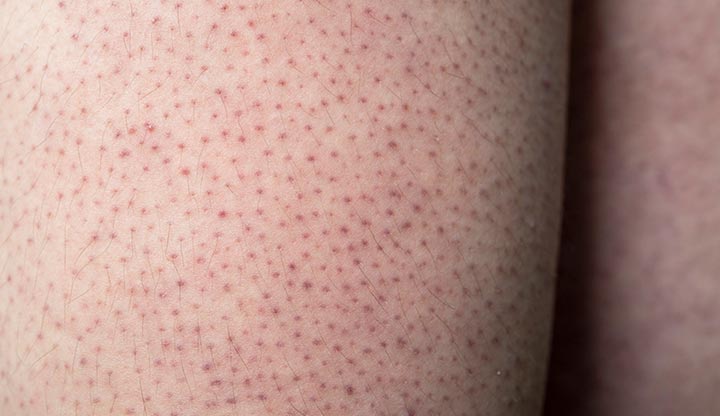Keratosis Pilaris, sometimes known as ‘chicken skin’, is a condition that commonly appears on the upper arms. Visually, this presents as small bumps, covering an area of skin. Whilst the arms are the most common area, many people also experience this on the thighs, buttocks and face. This is a condition that usually starts to develop in childhood, but progresses through out the teenage years & adulthood.
What causes Keratosis pilaris?
The exact cause is not yet determined, but occurs when there is an issue with the life cycle of the skin cells; instead of the keratin being exfoliated properly, it fills the follicle. Current research suggests that there is a genetic association for those experiencing Keratosis pilaris. Studies note a correlation with mutations in filaggrin, alike to eczema. Although research is lacking, many individuals find that eating gluten can cause Keratosis pilaris to worsen.
I think I have Keratosis pilaris, what can I do about it?
The good news is that we can work topically to treat Keratosis pilaris. Topical treatments such as microdermabrasion and chemical peels can work to exfoliate the surface of the skin, assisting the clearance of keratin from the follicle.
At home, you can use products that contain ingredients such as urea, salicylic acid or alpha hydroxy acids e.g. lactic acid, malic acid & glycolic acid. My personal favourite at home treatment is the Murad Retexturizing Body Pads. These were created specifically with Keratosis pilaris in mind, containing salicylic and glycolic acid to help unclog the follicle and azelaic acid to calm the skin at the same time (Keratosis pilaris often comes along with redness in the skin). To use these simply wipe the pad across the skin once a day, after showering.
